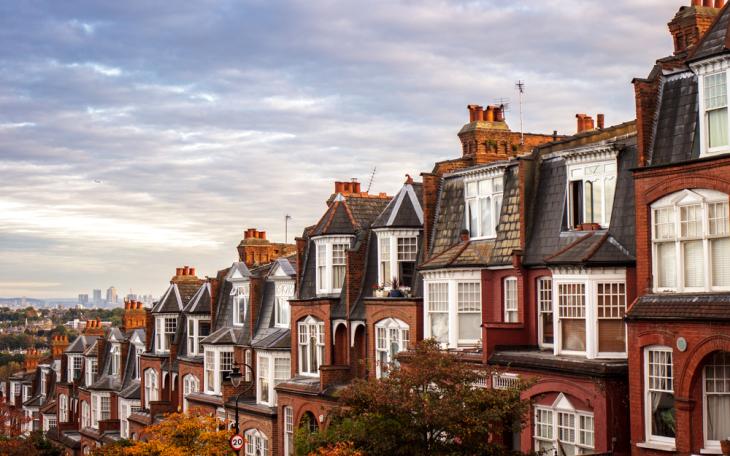New Affordable Housing Programme: 300,000 homes a year still looks a long way off

By Paddy Kent
Earlier this month, the former-Ministry for Housing, Communities and Local Government (now the Department for Levelling Up, Housing and Communities (DLUHC)) announced £8.6 billion to build 120,000 new affordable homes in England over the next five years.
£5.2 billion will be managed outside London by Homes England, whilst the GLA will administer the remainder in London. Those organisations (90) receiving the money are known as ‘Strategic Partners’. This is not ‘new money’ as such. This week’s announcement fleshes out the detail of funding first announced last September, when ‘Build Back Better’ was the phrase of the moment. Well the same phrase is back in this announcement, which is fairly well timed given the UK’s evacuation of thousands of people from Afghanistan has refocussed concern about housing supply and availability.
Shared Ownership is a key focus
Overall, just under 50 per cent of the new homes will be for shared ownership. The official press release is nothing short of boastful about the shared ownership provision and then goes on to plug the First Homes and 95 per cent mortgage guarantee schemes, despite their irrelevance to this announcement. Of the remaining homes, 25 per cent will be for social rent and the remaining 25 per cent for affordable rent.
Whilst in London the tenure mix is much more skewed to social rent (57 per cent), the overall focus on shared ownership reflects that home ownership is a Government priority. But it is politically controversial, especially as shared ownership homes are mired in the ongoing crisis (or scandal) of leasehold, service charge and the allocation of the costs of fire safety remediation works.
Local Authority direct delivery ambitions vary
In London, allocated £3.4 billion for 29,000 homes, 53 organisations will receive money, with Clarion topping the list with enough money to build 2,000 homes. The list of funding allocations in London neatly shows up the different approaches taken by London Boroughs to direct development. 25 boroughs will receive money, but of those that do, the capacity (a/or ambitions) for direct delivery varies dramatically. Barking and Dagenham is the highest rank council on the list, with enough money to deliver 1,757 homes, but at the bottom, Sutton will deliver just 65. Eight boroughs won’t receive anything. Unsurprisingly, Croydon, with its troubled development company Brick by Brick, is one of those eight.
In London, the local authority direct delivery collectively comprises around 41 per cent of the total. But with funding to local authorities varying dramatically, what isn’t obvious is how the other organisations will distribute their delivery geographically. Will some of the housing associations receiving bigger allocations (Peabody, Optivo, NHG) prioritise sites in boroughs including Hillingdon, Islington and Richmond, which were all boroughs that did not receive any funding?
An interesting question is whether the overall delivery by borough will have a proportionate relationship to individual borough’s housing targets as per the London Plan. Hopefully DLUHC will produce reports allowing us to monitor this in due course.
A lack of ambition for boosting delivery
There is repetition too of the Government’s ‘mission’ to deliver 300,000 homes a year by the ‘mid-2020s’ (i.e. the next General Election). This funding makes a contribution, aiming to deliver 24,000 homes a year (on average) over the next 5 years. That’s only 8 per cent of the 300k target, begging the question, is £8 billion to fund 24,000 homes a year enough?
Back in the 1960s and 1970s, local authorities were consistently delivering over 100,000 homes a year, a sizeable contribution (around 30-50 per cent) of the overall total.
This level of delivery continued in the 1970s, before declining dramatically in the 1980s to almost zero by the early 1990s and has remained at that level ever since. The cessation of local authority housing delivery has never been picked up by an increase in private sector or housing association delivery. Indeed, overall delivery since 2000 has hovered between 105,000 and 170,000 homes a year, suggesting that local authority delivery is vital if we ever want to reach 300,000 homes a year again.
£8 billion is a lot, but if we want to reach 300,000 homes a year, it’s not enough.









